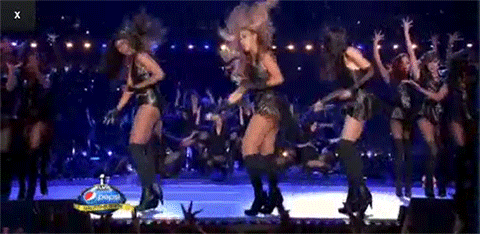In class we discussed the nature of memes. I guess in our generation we’re familiar with memes as those funny little pictures adorned with captions but as I discovered in class, the word ‘meme’ is derived from ‘mimetic structures,’ fragments of informational constructs.
The term ‘informational epidemiology’ was explored. I was only familiar with the second half of that term as there was an episode of Community titled ‘Epidemiology‘ where the characters found themselves victims to a virally spread virus that turned people into zombies. I guess where I’m going with this is that it immediately clicked in my head that the virility of memes going ‘viral’ is likened to the spread of a bodily virus. And they say TV kills brain cells…
‘Meme’ was coined in Richard Dawkins’ 1976 book, ‘The Selfish Gene‘ where the spread of informational ideas and cultural phenomena is conceptualised and theorised for discussion.
I found this to be a really clever way of referencing the nature of the spread of memes to that of a virus. I guess the term going ‘viral’ is also true to form for the meme.
But the short lecture also got me to thinking what makes memes, memes? The term ‘natural selection’ comes to mind which funnily enough leads me back to Richard Dawkins.
Recently the Super Bowl XLIV aired and during the halftime show, an elusive #LeftShark overshadowed headliner Katy Perry.
Now, while I was watching the Super Bowl, the shark didn’t necessarily stand out to me (I was more invested in the rebirth of Missy Elliott into the mid-21st century), but somehow the sharks (most specifically, the shark on the left who seems to be going Han-Solo with the choreography) got all the attention.
Throwback to two years ago to Beyoncè’s halftime show, I also recall the focus to be on Michelle Williams (the under-appreciated Destiny’s Child) also forgetting choreography.

So I guess the pattern here is under-achieving efforts turn into memes.
And just because:

I’d like to learn more about how memes come about and how (and why) they’re able to spread so quickly and to see if there’s something that’s consistent about their nature. Whatever the commonality is, it’d probably be really valuable to marketers and advertisers.
More to come on this as I spend more time looking at memes. In the meantime, Allison penned a great post to do with this very subject.